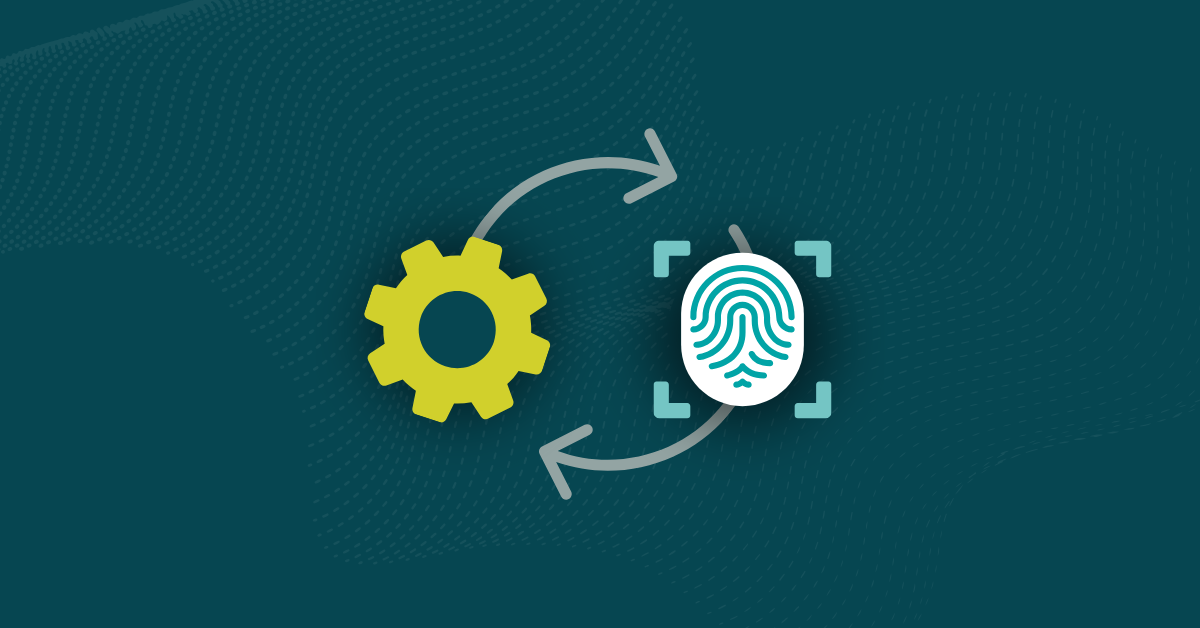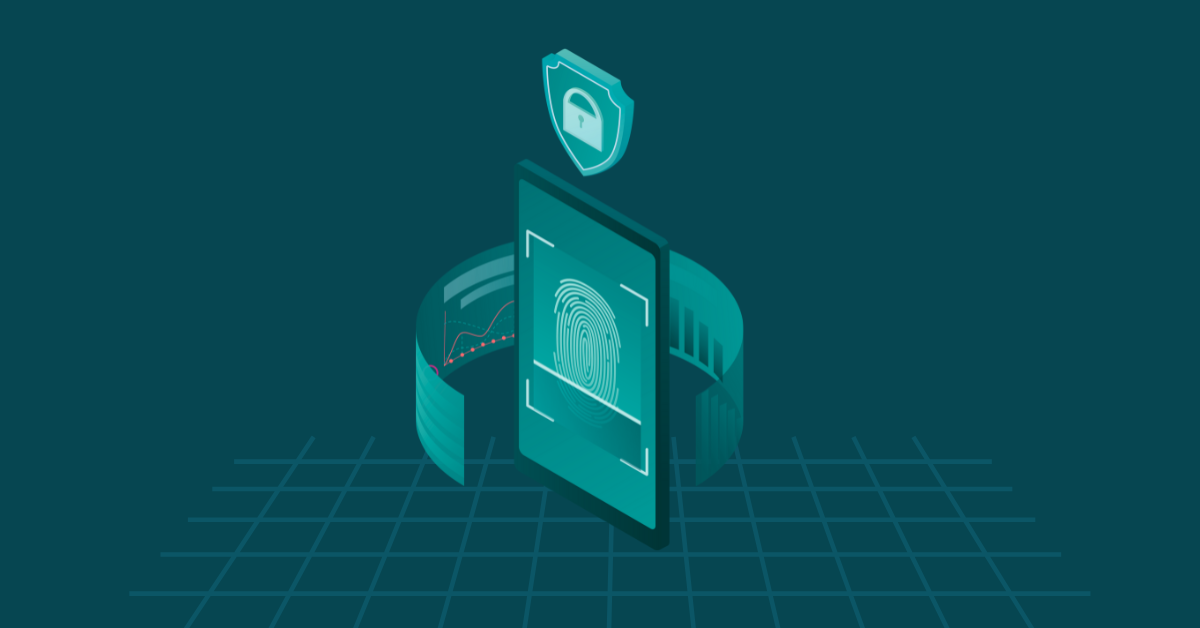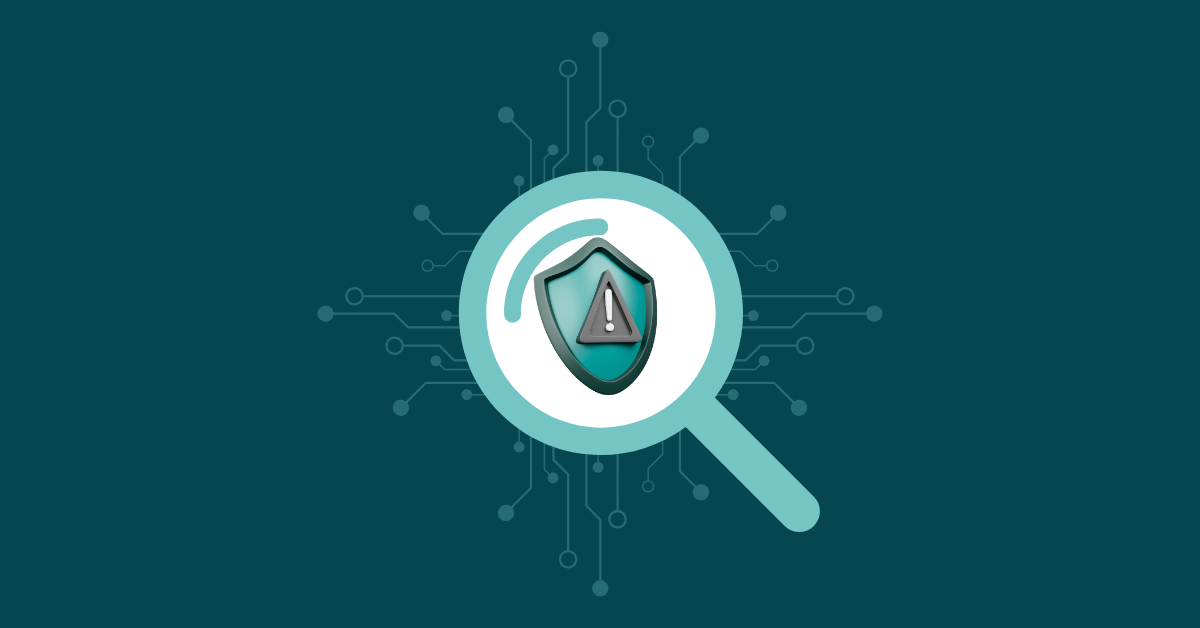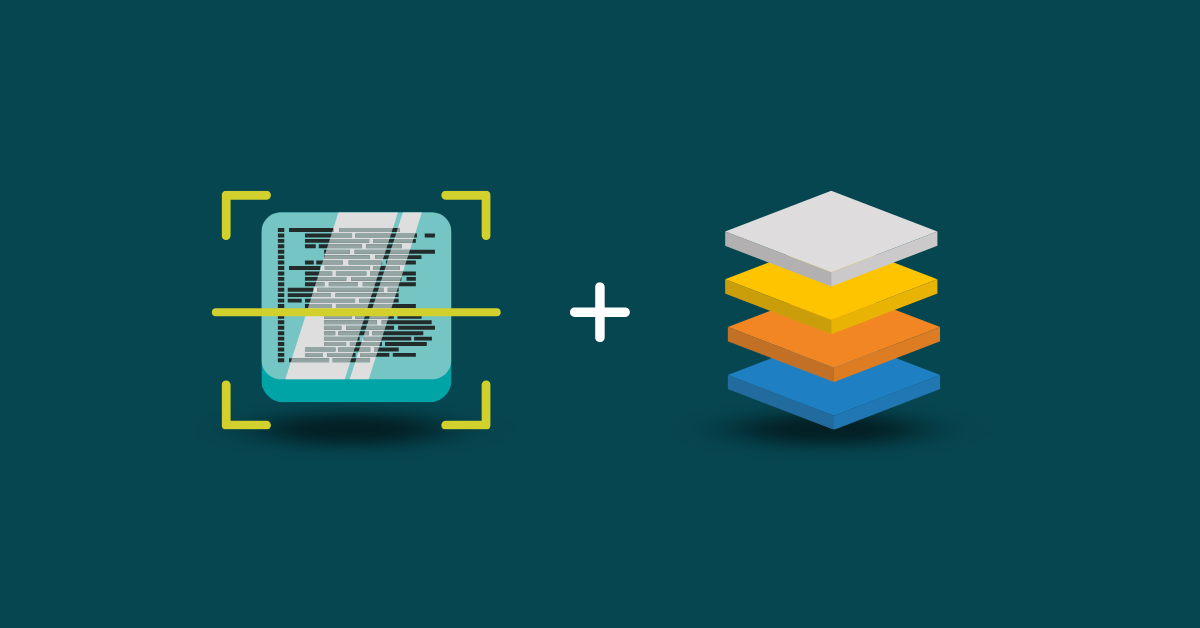

Cyber threats targeting secure code and software applications are becoming increasingly complex and voluminous. To stay ahead, organizations must embed security earlier in the software development lifecycle, starting with Static Application Security Testing (SAST).
SAST tools empower developers to identify and address security vulnerabilities early in the software development lifecycle. Running SAST is an essential step in your security process, which is why it’s crucial to choose a product that is reliable and integrates well with your tool stack.
SAST tools are software solutions that perform static analysis of source code, bytecode, or binaries to identify security vulnerabilities without executing the application. Unlike dynamic testing methods, which require running the software to identify security flaws, SAST tools examine the code and identify potential vulnerabilities, such as SQL injection, cross-site scripting (XSS), and buffer overflows.
By scanning the source code, SAST tools can detect vulnerabilities early in the development process, enabling developers to shift security left and save time and money throughout the development process.
The right static application security testing tools for your development team will include key features that align with your budget, expertise, workflow, and specific needs.
The best way to know if a SAST tool is right for your team is to try it in your environment. A free trial lets you explore how easy the tool is and how well it fits into your existing workflows. Involve your developers during the trial to gather honest feedback and surface practical questions for the vendor.
Some SAST tools also offer different pricing options for individual or continuous scans. If you’re hesitant about purchasing a permanent license for the software, you can always try it out by buying a few one-time scans.
Kiuwan Code Security is a comprehensive SAST solution that has been offering advanced static analysis capabilities for identifying security vulnerabilities and code quality issues for more than twenty years. With support for over 30 primary and legacy programming languages and seamless integration with popular development tools, Kiuwan helps organizations enhance the security and reliability of their software applications.
Kiuwan also offers a wealth of resources to help your development team get started with our software, including webinars, ebooks, and an extensive guide. We also provide Software Composition Analysis (SCA) to manage third-party components and add-ons, helping you maintain code quality and software governance for even more control and analysis of your code.
Known as a developer-friendly SAST solution, Snyk integrates well with existing development workflows. It also supports containerized and serverless applications, helping teams identify vulnerabilities in source code and dependencies while adhering to security rules for proactive risk management. However, unlike other popular code analysis tools, Snyk doesn’t support many languages.
GitLab provides built-in SAST features as part of its DevSecOps platform, allowing developers to identify and remediate security vulnerabilities within the GitLab CI/CD pipeline. The platform supports a wide range of programming languages and provides real-time feedback, although it’s only available to developers who are already using it.
Synopsys provides several SAST tools, including Coverity and Black Duck, which help organizations identify and address security vulnerabilities in their software supply chain. Synopsys has a slightly higher price tag than other options, and its configuration and setup may be challenging for newer developers. Still, it does offer a wide-ranging set of source code analysis tools.
HCL AppScan is a popular option because its comprehensive SAST tools check for security vulnerabilities in web and mobile applications. It supports a wide range of programming languages and frameworks; however, your developers may require additional training to fully leverage its capabilities.
Checkmarx offers SAST tools that prioritize speed and accuracy to help identify and resolve security vulnerabilities. It supports more than 30 languages and has implemented generative AI to build queries and recommend ways to remove vulnerabilities.
A SAST tool designed specifically for mobile application security, NowSecure offers support for both native and hybrid mobile applications. It includes solutions such as continuous monitoring of mobile app stores and rapid pen testing for iOS and Android apps.
DeepSource offers an AI-powered SAST platform that enables developers to identify and resolve security vulnerabilities, code quality issues, and performance bottlenecks within their codebase. With automated code reviews and actionable insights, DeepSource empowers teams to write better code and deliver more secure software.
Successful SAST adoption requires a rollout strategy integrating security into your development workflow. To derive real value from your SAST solution, you need the buy-in of the developer and security teams, CI/CD integration, and a plan to minimize false positives from the outset.
Begin by selecting a small, active codebase that represents your typical application architecture. Piloting the tool in a controlled environment enables your team to validate scan quality, adjust configurations, and establish confidence in the results before deploying it across all teams.
To be effective, SAST must run automatically as part of your development lifecycle. Integrate scans into your CI/CD pipeline so developers can identify and resolve issues before code reaches production.
Generic scan rules can lead to alert fatigue, making it more difficult to focus on what truly matters. For example, Kiuwan Code Security has over 4,300 predefined rules, providing a solid foundation. From there, you can fine-tune the settings to match your organization’s coding standards and security priorities. Suppress low-risk findings and emphasize high-impact vulnerabilities that align with your threat model.
Successful adoption requires more than configuration. Provide developers with guidance on how to read SAST reports, differentiate between critical and informational findings, and efficiently remediate issues. Short, hands-on training sessions are often the most effective.
Establish clear metrics to evaluate the effectiveness of your SAST rollout. Common KPIs include the number of vulnerabilities detected, mean time to resolution, false positive rate, and scan coverage. Regular reporting helps quantify progress and support continuous improvement.
After a successful pilot, roll out the tool incrementally to additional teams. Assign security champions to support onboarding, help interpret results, and tailor the tool to each team’s needs. This phased approach minimizes disruption and accelerates long-term adoption.
Rolling out your SAST tool is just the beginning. To ensure it delivers value, you must define clear success metrics and continuously monitor performance. Measuring the impact of such tools helps fine-tune your approach and makes it easier to justify the investment to engineering leadership and security stakeholders.
Establish key metrics that align with your goals. These might include the identified vulnerabilities, mean time to remediation, scan frequency, codebase coverage, and false positive rates. Tracking these consistently will provide a clear picture of your progress and effectiveness.
A successful rollout depends on real usage. Track how often scans are triggered during builds or pull requests, how quickly issues are triaged, and whether developers are actively remediating findings. High engagement signals that security is becoming embedded in the development process.
Compare current performance to your baseline. Has vulnerability volume dropped? Are serious issues being caught earlier in the lifecycle? Benchmarking helps quantify improvements and identify areas where the tool is making the most impact or falling short.
Most platforms provide dashboards and reporting tools use them. Share results with teams, flag recurring issues, and highlight improvements over time. This reinforces accountability and strengthens cross-functional alignment between security and engineering.
Measuring impact turns SAST from a checkbox into a continuous, evolving part of your software development practice.
Ready to start scanning your code to ensure it’s secure and compliant? Start a free trial of Kiuwan Code Security to test it out for yourself.
SAST is most effective when used early in the software development lifecycle, ideally during the coding and integration phases. It helps developers identify and remediate security vulnerabilities before they become embedded in the codebase, reducing the cost and effort of fixing issues later in development.
Several compliance standards and regulations, such as PCI DSS, HIPAA, and GDPR, require organizations to implement security testing practices, including SAST, to protect sensitive data and ensure the integrity of their applications. Compliance with these standards may necessitate the adoption of SAST as part of a comprehensive security program.
Best practices for integrating SAST into the development workflow include:
While SAST tools may introduce some overhead in terms of scanning time and analysis, the benefits of early vulnerability detection and improved code quality outweigh the costs. By identifying and fixing code security issues early in the development process, SAST contributes to faster and more efficient software delivery.
SAST is critical in enabling continuous security testing by integrating directly into your development and CI/CD workflows. When scans are automated at key stages, such as during code commits, pull requests, or builds, security checks become an integral part of the development process. This allows teams to identify and remediate vulnerabilities early and often, rather than waiting for periodic reviews or late-stage audits. Continuous security testing ensures that every code change is evaluated for risk, helping you maintain a secure posture without compromising delivery speed.
Traditional SAST tools often struggle to keep up with the speed and complexity of modern development workflows. They can be slow to scan large codebases, generate high volumes of false positives, and require extensive manual configuration to be effective. In many cases, they lack seamless integration with CI/CD pipelines and don’t provide the real-time feedback developers need. As a result, teams looking for faster, more developer-friendly solutions are increasingly adopting modern alternatives that address the shortcomings of traditional SAST tools.


